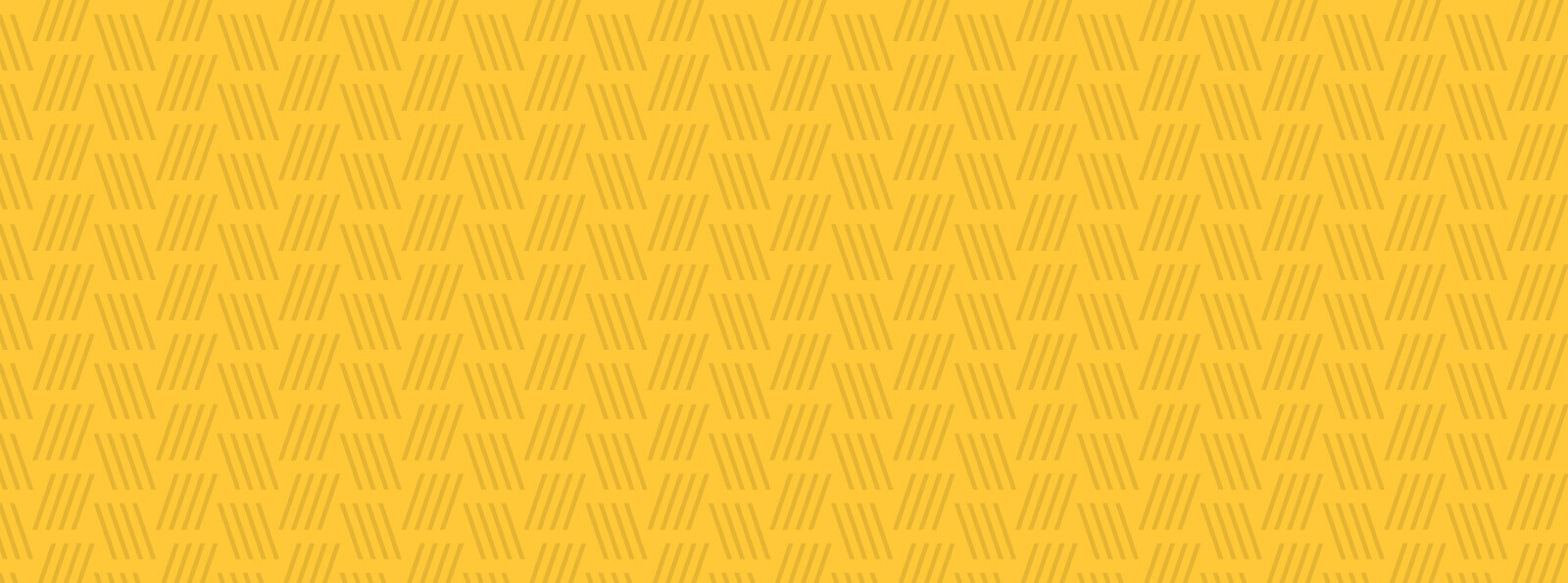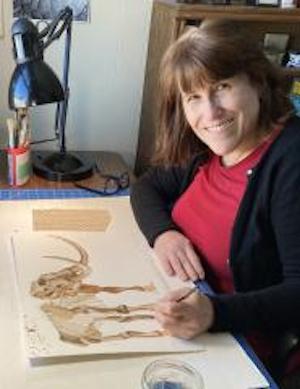Anachronistic is a word that fits my work. Digital technology allows me to manipulate and reproduce images to construct a collage made in a traditional way; cut paper and adhesive to play with distortions between visual perspective and surface image.
About the Artist
Anna Fine Foer decided she was going to be an artist when she was 11-when she lived in Paris for a summer, visiting every museum and gallery. As a fibers student at Philadelphia College of Art (now University of the Arts) she became fascinated by the relationship between maps and the land they represent, embarking on a lifelong interest in maps and collage. Anna emigrated to Israel, where she worked as a textile conservator in Haifa and Tel-Aviv. She studied at the Textile Conservation Centre, Courtauld Institute in London, where she received a Post-Graduate Diploma in Textile Conservation. She worked in conservation for the Textile Museum in Washington, D.C. All this time, she continued to work with collage, creating landscapes with religious, political and meta-physical significance, depicting three or more dimensions on a two-dimensional plane. Anna now lives in Annapolis, Maryland with two sons. Anna’s work has appeared at the Indianapolis Museum of Art, the Maryland Governor’s Mansion, and the Israeli Embassy. Her work is in the permanent collection of the Haifa Museum of Art and the Beer-Sheva Biblical Museum. She was awarded a prize for the Encouragement of Young Artists for work exhibited in the Artist’s House in Jerusalem and received a Maryland State Arts Council grant for Individual Artists in 2008, 2016 and 2021.ANNA FINE FOER website View Website ANNA FINE FOER website View Gallery
Artist's Statement
Anachronistic is a word that fits much of my work. Digital technology allows me to manipulate and reproduce images to construct a collage made in a traditional way; constructed with cut paper and adhesive and plays with distortions between visual perspective and surface image. I exploit this combination of the ultra-modern and the old by placing images of new technological devices or practices in ancient or historic settings; a commentary about the state of “civilization”. Recurring motifs in my work include scientific discoveries, technology, alternative energy, location, and natural or unnatural disasters, though my output cannot be categorized in terms of specific subject matter; instead, it is my underlying approach and aesthetic that represents the unifying element. When I have an idea, I make many sketches to discover the best way to convey the idea and then search for the images to incorporate into a collage. My work has more than one story to tell. I may be both trying to describe the curve of the earth on a flat piece of paper and using collaged images to blur boundaries between the natural and the manufactured/technological world, representing simultaneously land, sky, water, and architecture.Featured Work
Photos
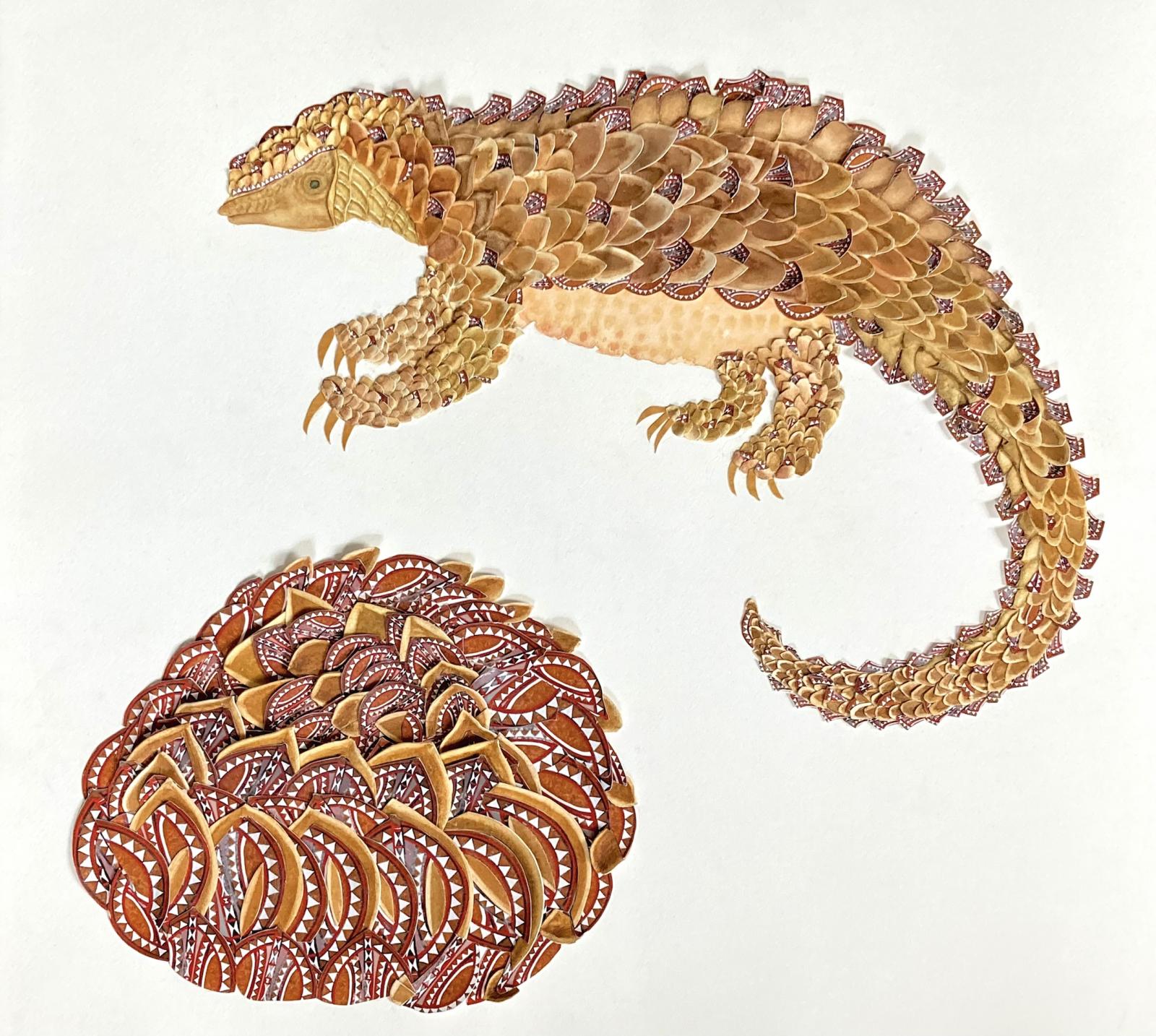
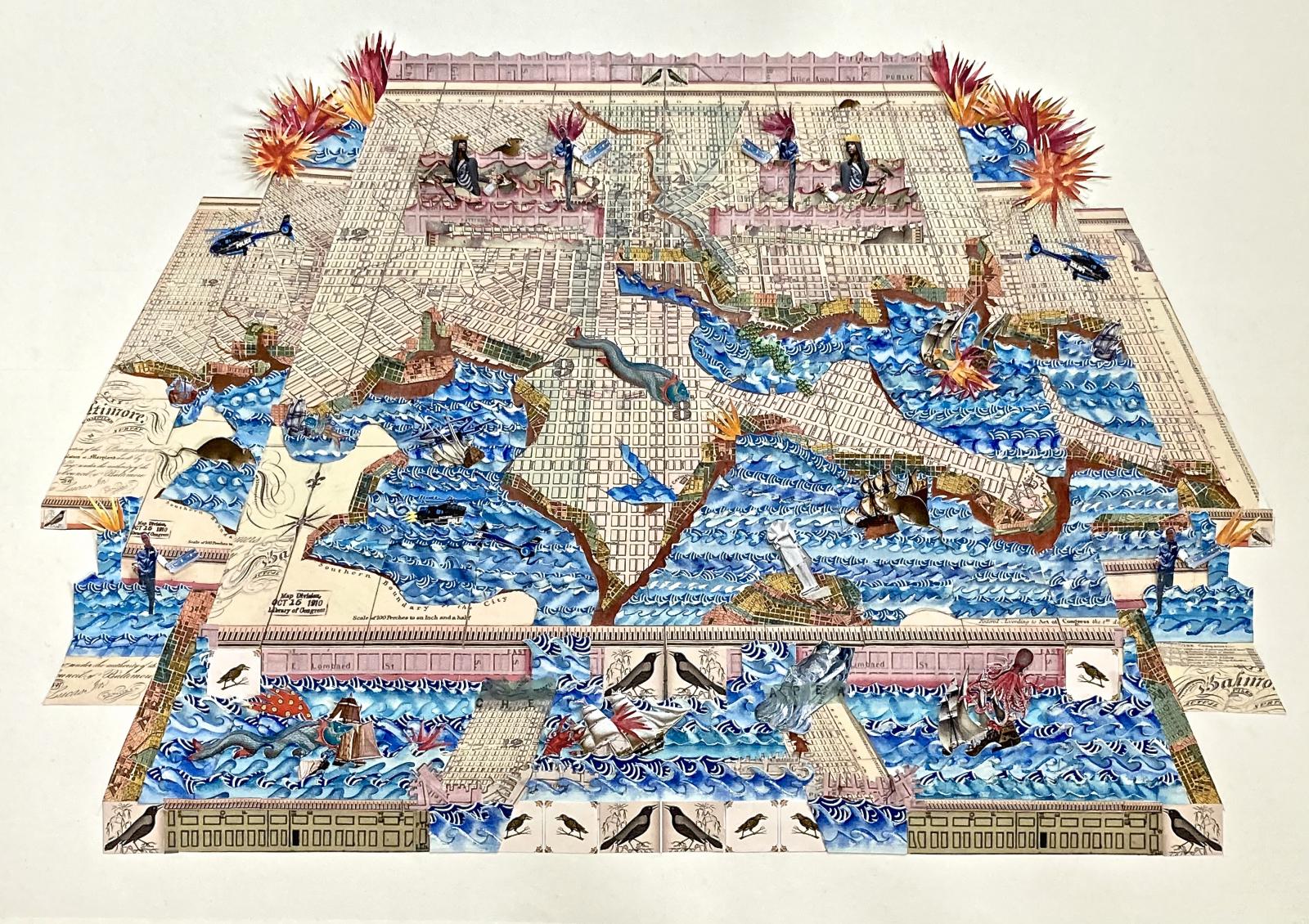
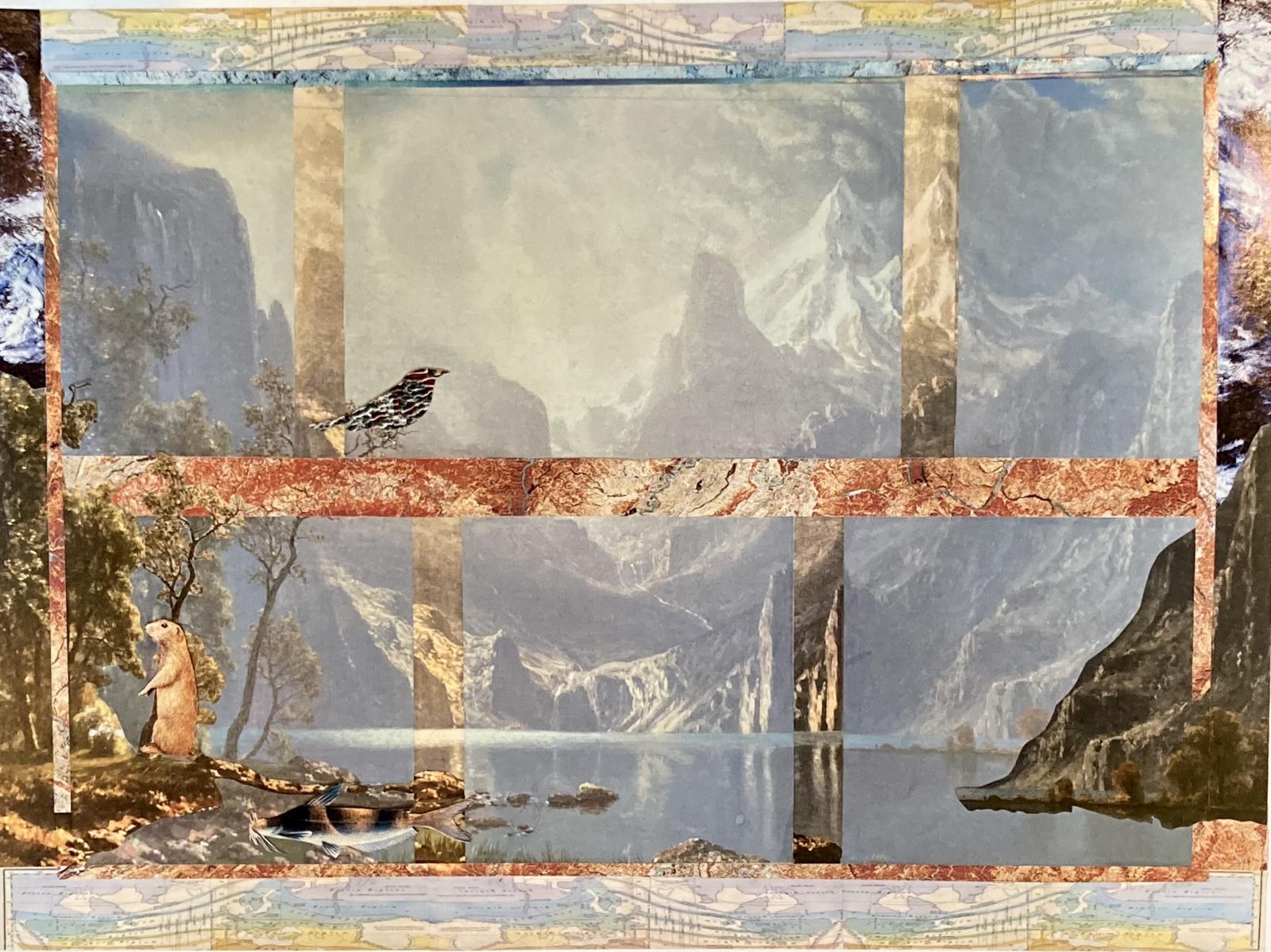
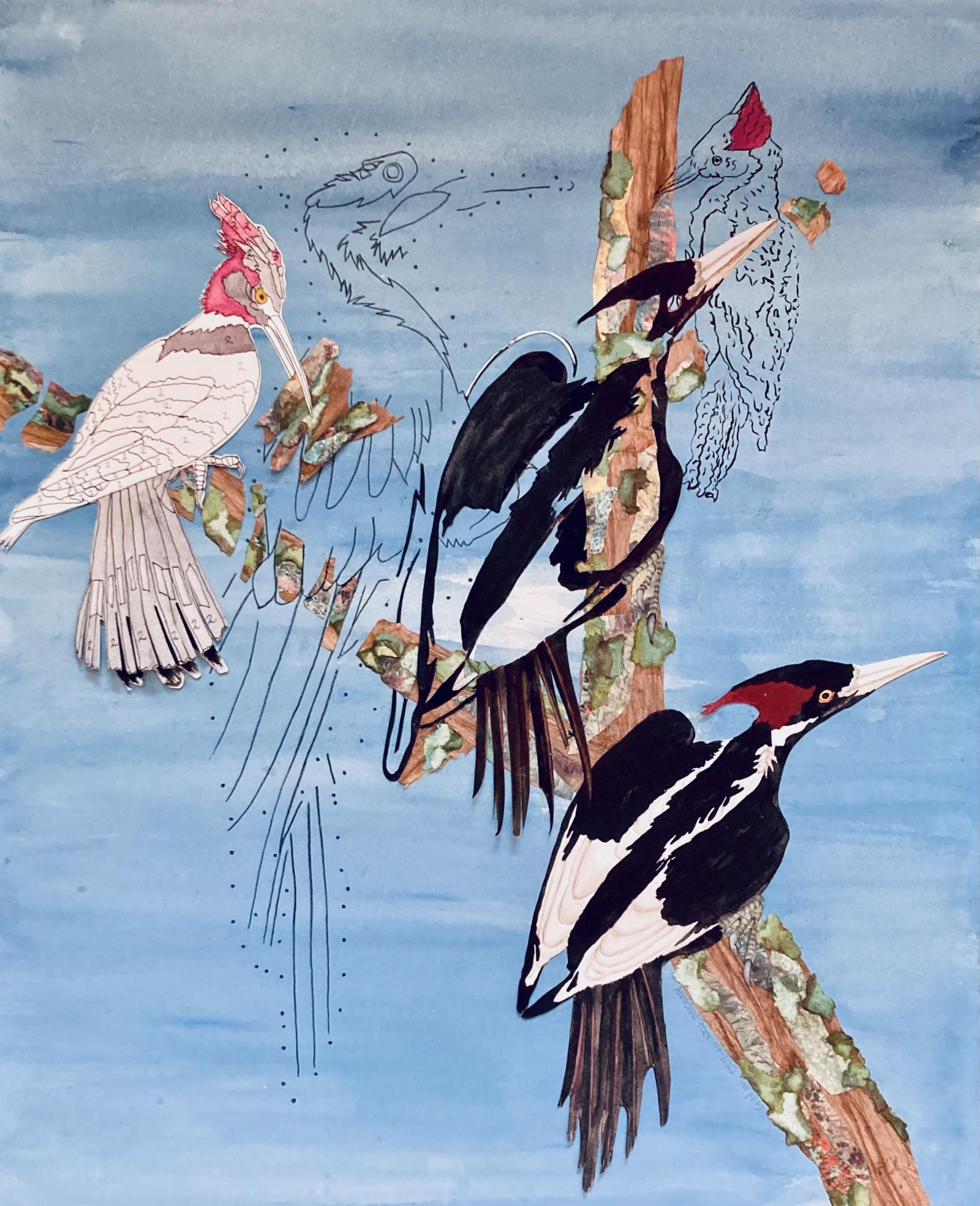
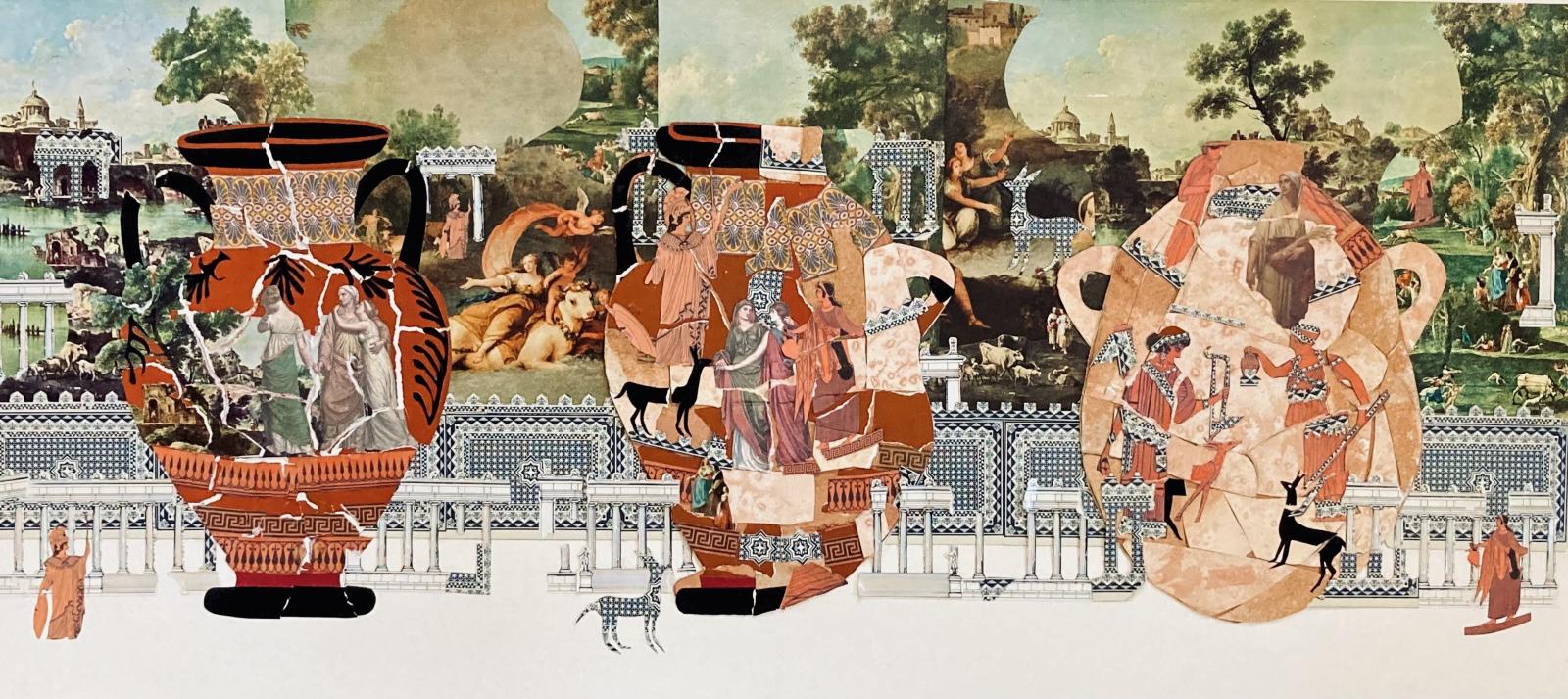
Featured Work: Photos
Massai Shields for a Pangolin
watercolour and collage
2020
Endangered pangolins are the only mammals wholly-covered In scales and they use those scales to protect themselves from predators in the wild. If under threat, a pangolin will immediately curl into a tight ball and will use their sharp-scaled tails to defend themselves.
In this case, an added layer of protection; Massai shields defend against accusations that pangolins are responsible for the zoo tonic transmission of the coronavirus from bats to humans this theory has since been debunked.
Embellishments on the shields resemble pangolin scales leaving no doubt that Massai ornamentation is influenced by the fauna surrounding them.
For Sale
$3,600.00
Contact the artist to purchase this piece
A Monument to the Age of Discovery’s Arrival in the Age of Reckoning
collage and watercolour
2021
A map of Baltimore’s harbour and environs resembles a Renaissance map coming into contact with the year 2020. Sea monsters devour masted ships on uncharted waters and are to be feared by all who venture near. Meanwhile, these modern menaces surround us; police helicopters, drones, rats, fireworks, and squeegee boys.
The tableau is in the form of a monument pedestal. In this case, the monument is empty as the statue - commemorating Columbus - is tossed in the harbour while his ships are attacked by monsters.
For Sale
$5,000.00
Contact the artist to purchase this piece
Adaptation
collage
2023
The tableau is nearly void of living creatures. Have other species disappeared entirely or are the others simply hiding, waiting for their prey? My instinct was to fill the space with other fauna but leaving it nearly void of life was more impactful.
For Sale
$4,000.00
Contact the artist to purchase this piece
No Longer Extinct
collage, watercolour, gouache
2022
collage, watercolour, gouache, coloured pencil, marker
When the ivory-billed woodpecker was removed from the endangered species list in the1960’s, it did not represent good news; the species was thought to have gone extinct.. The last official sighting of a member of the Cuban subpopulation was in 1986. The bird was “rediscovered” in the Big Woods region of eastern Arkansas in 2004, though identification of individuals sighted is the subject of debate among ornithologists. The largest contributor to the collapse of the ivory-billed woodpecker was habitat fragmentation and loss. The bird once occupied forest from southern Florida to Ohio, much of which was lost to logging; this habitat loss is represented by the cypress tree fragments in my collage. In my depiction of the species, also known as “the lord g-d bird” or “the ghost bird,” I appropriate the well-known Audubon illustration (circa 1830) but show it in partial form, as if the illustration itself is disappearing. Line drawings of the bird also show partial states of being; connecting the dots and paint-by-numbers further illustrates the demise of what was once the largest species of woodpecker in the New World.
For Sale
$4,000.00
Contact the artist to purchase this piece
Your Myths Will Be My Myths
collage
2021
The book of Ruth, written in Hebrew in the 6th–4th centuries BCE, tells of the Moabite woman Ruth, who accepts the G-d of the Judeans as her G-d and accepts the Israelite people as her own. I compare and contrast the illustrations of Ruth and Naomi as they are painted by Evelyn de Morgan (1887), George Dawe (1803) and Hugues Merle (1876) with illustration of Greek g-desses on Greek vases. These juxtapositions and anachronisms of styles highlight cross-cultural appropriation of our myths. Bible stories are no less mythological than the stories of Greek g-ds and g-desses. The Greek vase on the left is decorated with the Dawe painting “Naomi and Her Daughters, the middle is hybrid Greek/Canaanite pottery decorated with the de Morgan painting of Ruth and Naomi and some Greek g-desses while the Canaanite pottery on the right is adorned with Greek iconography and Merle’s painting of Ruth. Conveniently, Dawe depicted the biblical era figures in Roman garb and the background illustrates the myth of the Rape of Europa, painted by Zuccarelli (1740-1750). The landscapes riff on the backgrounds in the European paintings of Ruth and Naomi and are reproductions of Zuccarelli and Zais.
For Sale
$4,000.00
Contact the artist to purchase this piece
Rewilding Jews in the Bialowieza Forest
gouache, watercolour and collage
2022
An animation about rewilding bison into Poland’s Bialowieza Forest was the inspiration for this composition. Bialowieza is one of the last and largest remaining parts of the immense primeval forest that once stretched across the European Plain and is home to 800 European bison. The video instructs one how to behave when encountering a bison which made me realize I am part of a species that is nearly extinct in Poland. I imagined a similar video, instructing one how to react if they encounter a Jew. Typical, kitschy, Ashkenaz art hangs in the trees as a nod to what I lovingly refer to as “dining room” art. These tableaus represent a romanticized nostalgia for shtetl life that was not as rosy as the fictionalized depictions. Once again, people are on the move in a part of the world that knows and recognizes the heavy toll of war and displacement. Many conclusions can be drawn to Jews hiding in the forest with the current crisis with Ukrainians flowing across borders to find a safe haven.
I owe a debt to Bentzion Sokiranski and his painting; Blessing of the New Moon, in the Jewish Museum, NYC.
For Sale
$5,400.00
Contact the artist to purchase this piece
